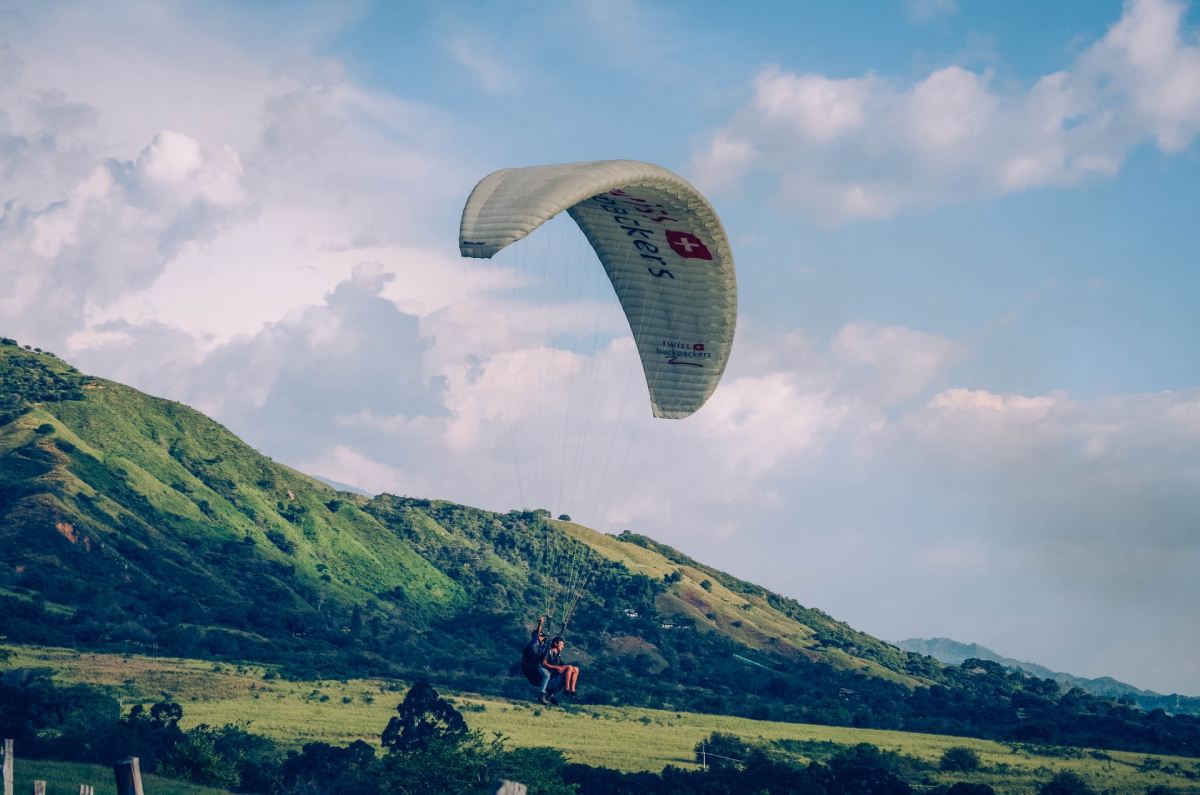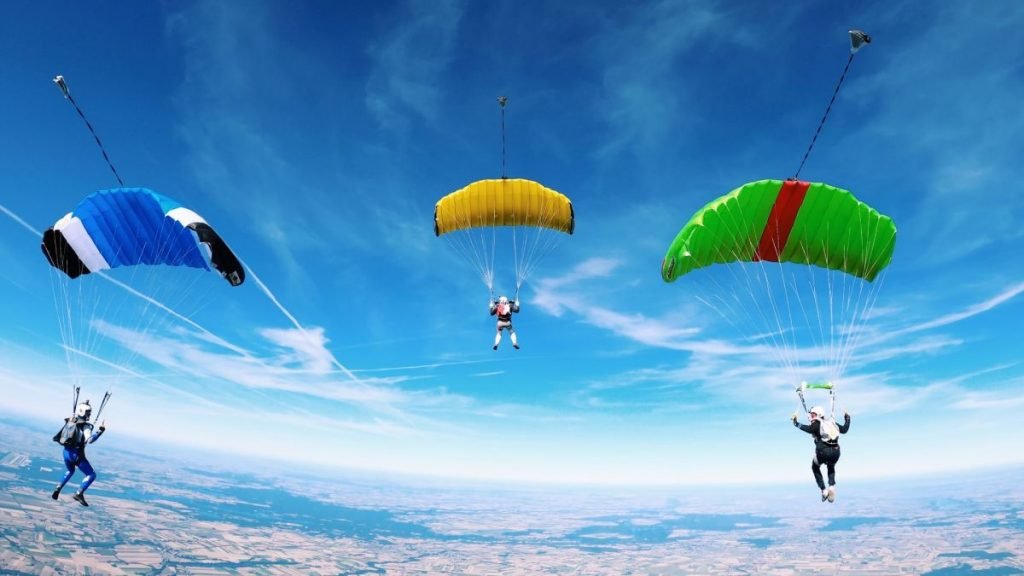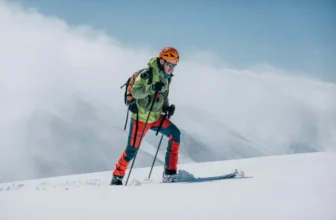
Many people are concerned about the best weather for skydiving, which is considered an extreme sport that consists of jumping from great heights with the support of a parachute to soften the descent.
This activity can generate a lot of excitement and adrenaline for those who practice it, it also represents a challenge to face internal fears developing greater courage in the face of various life situations.
Although it is free of dangers because for its execution a series of elements are included that allow the jump to being executed in a safe way.
The point is that, although with the right weather for skydiving the risks of this activity are very low if these conditions change when strong currents appear, the mastery of the parachute in the air can be complicated.
Best weather conditions for parachute jumping – Everything you should know

The design of modern parachutes is oriented to reach forward speeds of about twenty miles per hour, which allows the parachutist to have comfortable and adequate maneuverability in the direction of his preference.
Wind conditions are of vital importance for this type of practice. As long as there is no wind, the skydiver can travel at about twenty miles per hour, controlling the direction of flight and descent at will.
Air currents propel the parachute in the same direction, so when descending, the wind direction and speed must be taken into account in order to land in the assigned zone.
What is the best time to go skydiving?
According to experts, the best time of the day to practice skydiving is during the morning.
This is because the early hours of the day offer the most favorable weather conditions for skydiving.
What is the best weather for skydiving?
A day with a clear sky without clouds, accompanied by a gentle breeze and a temperature of about 25 °C, can represent the ideal conditions for skydiving.
For example, a great place to practice skydiving due to its conditions that are ideal throughout the year in the Canary Islands. Being the practice of skydiving in Gran Canaria is one of the best and preferred options, which offers a unique and extremely rewarding experience worth living.
Can skydiving be practiced at any time of the year?
Indeed, skydiving is an activity that can be enjoyed all year round, as long as the weather for skydiving is favorable for a safe jump. We must be aware that parachute jumps depend fundamentally on the weather.
Special attention should be paid to the presence of the following weather conditions, which may affect the safety of the jump:
- Rain: You cannot parachute jump in the rain.
- Wind: Wind speed must be controlled, particularly if there are strong currents or crosswinds.
- Clouds and fog: They may impede visibility on the route, as well as at the time of landing.
- Thermal currents: This type of currents can generate eddies and usually occur during the summer.
Every skydiving center must be prepared to adapt to sudden changes in weather conditions in order to ensure the safety of the jump, making timely decisions on the delay or suspension of the jump, according to the situation.
Sighting
Skydivers develop the ability to use the winds to sight and thus select a location where wind conditions facilitate descent over the landing zone.
Ways to identify the best time and place for the leap
- Use of high wind forecasts provided by the National Meteorological Service.
- Observation of the movement of clouds overhead to know the displacement and behavior of the upper winds.
- Observation of windsocks and flags in the fall zones in order to know the direction and speed of the wind over the surface.
Regulations for jumping with clouds
There are Visual Flight Rules that indicate to the pilot of the aircraft or the parachutist that he/she can perform the operation having as visual reference the ground, avoiding obstacles that impede visibility, as well as the nearby presence of other aircraft or parachutes.
Once jumping from the aircraft, there are no meteorological instruments or GPS for orientation.
Therefore, the following basic factors are taken into account for the practice of skydiving:
- Height from which the jump will be made, which generally can be between 4,000 and 5,000 km.
- Visibility, it is required to have clear views to be able to see at all times the location over which we descend and ensure that there is no risk of collision with other skydivers or aircraft due to the presence of clouds.
- Distance between clouds, which does not obstruct visibility or safety during the jump.
Also Read:
9 BEST VACATION SPOTS IN THE US FOR WATER SPORTS
6 UAE Water Parks Ride Worth Checking Out For Adventure Lovers







Hi, It’s Great! Keep Up
Your content’s so nice.
Excellent and very exciting site. Love to watch. Keep Rocking.
Really interesting post, thanks.
Hey thanks for sharing !!!!!!